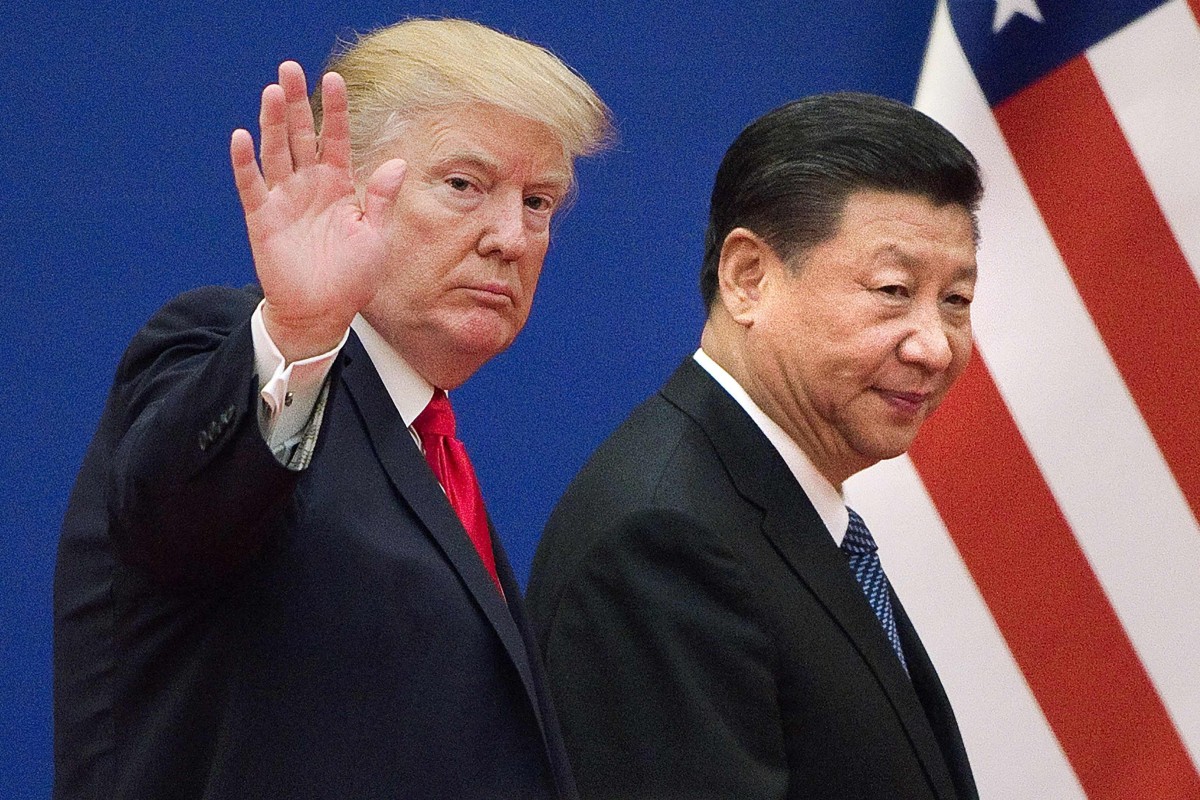China 2020 GDP growth target seen to be set at around 6 per cent
Dec 10, 2019
- The Central Economic Work Conference is to take place in Beijing later this month with trade war uncertainty still hanging over China
- The important policymaking meeting is set to allow modest expansion of fiscal and monetary policies to support economy without resorting to massive stimulus
In a tense atmosphere created by slowing Chinese growth, rising inflation and continued uncertainty whether trade tariffs will be rolled back as part of a deal with the United States, hundreds of senior Beijing officials, economic policymakers, provincial governors and heads of state-owned banks will convene for a major annual economic policymaking meeting later this month.
The meeting will decide the economic policy priorities for next year, including setting growth and inflation targets and how much fiscal and monetary stimulus will be needed to meet those goals.
The trade war, which has entered its 17th month with no immediate end in sight, will be just one of many economic problems to be discussed at the three-day Central Economic Work Conference at the tightly guarded Jingxi Hotel in Beijing.
The world’s second-largest economy is expected to continue to pursue policies that balance economic growth with risk prevention, employing modest measures to support growth without resorting to the massive stimulus seen after the global financial crisis a decade ago.
But debate at this month’s meeting is expected to include whether to take the steps needed to ensure that the growth rate remains at or above 6 per cent next year, how to defuse the nation’s ticking debt time bomb and the consequences of a further decoupling of the Chinese and US economies. The government’s management of the economy next year will be a big test for Beijing’s top leadership, headed by President Xi Jinping, who has vowed to steer the world’s most populous country towards the 2020 milestone of building a well-off society.
Analysts widely expect the meeting to set a growth target of “around 6 per cent” next year, down from the target range of 6 per cent to 6.5 per cent for this year. The new target will be supported by an increase in the fiscal deficit ratio to 3 per cent of gross domestic product (GDP), the issuance of more than 3 trillion yuan (US$424 billion) of local special purpose bonds to support local government infrastructure projects and an accommodative monetary policy that modestly reduces the costs of borrowing for consumers and businesses, analysts expect.
“Beijing has kept sending the message in recent months that the slowdown is gradual and this is OK as long as the labour market is good,” said Louis Kuijs, who heads Asian economy research at Oxford Economics.
The government should expand fiscal spending only modestly unless the headline growth drops significantly to 4 or 5 per cent, Kuijs added.
However, further measures that break the connections between the Chinese and US economies cannot be ruled out in a US presidential election year, posing a great uncertainty for the Chinese economic outlook.
“The relation with the US is the number one risk,” Kuijs warned.
Beijing and Washington continue to haggle over the details of their “phase one” deal almost two months after US President Donald Trump announced the outline of the agreement.
Trump’s comments this week that he might not agree to a deal until after the election in November has fuelled market expectations that bilateral relations could worsen further, with a negative impact on bilateral trade and investment.
The continuous decline in the headline growth rate since 2011 has fuelled worries that China’s economy, after four years of supply-side structural reforms, could enter a “vicious downward spiral,” triggering rising calls from some policy advisers for Beijing to defend a 6 per cent growth rate.
For more analysis, please visit South China Morning Post
